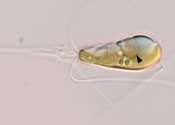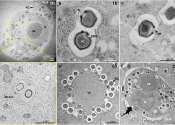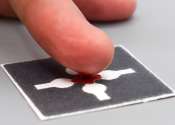Researcher proposes a new definition of a human embryo from a legal perspective
Iñigo de Miguel-Beriain, researcher in the UPV/EHU's Research Group on Social and Legal Sciences applied to New Technosciences, has published a paper in EMBO Reports in which he provides a legal perspective to help identify ...









